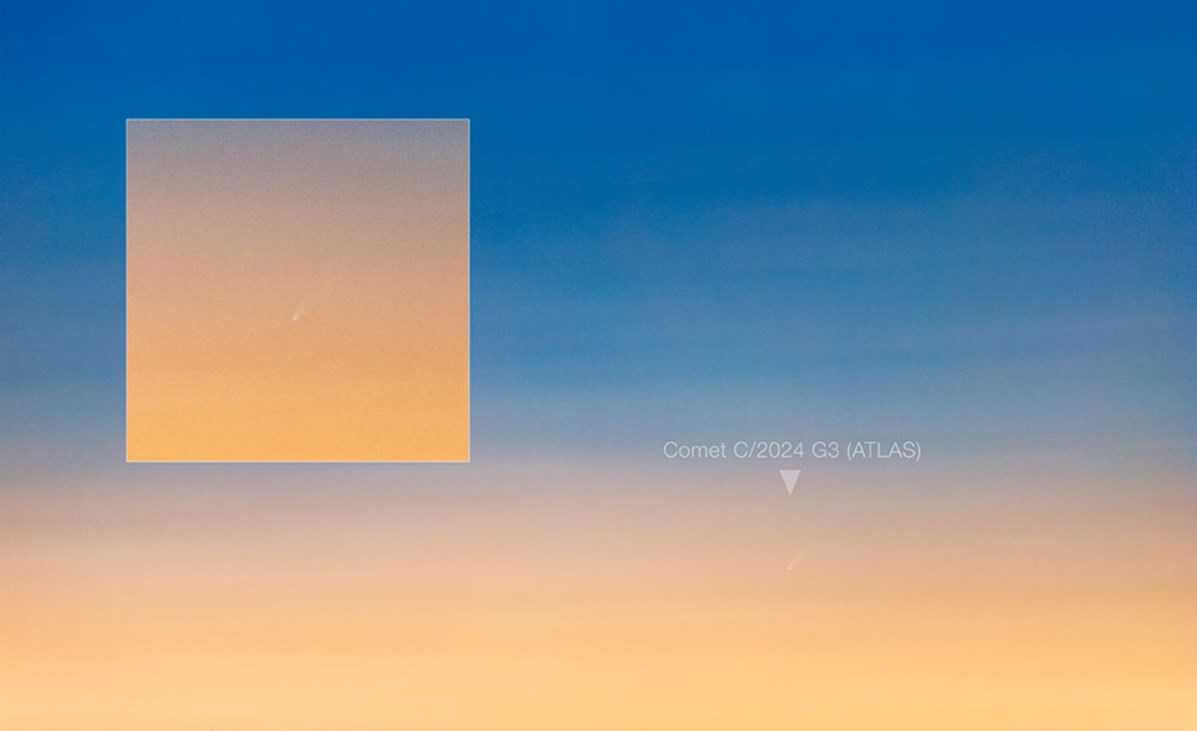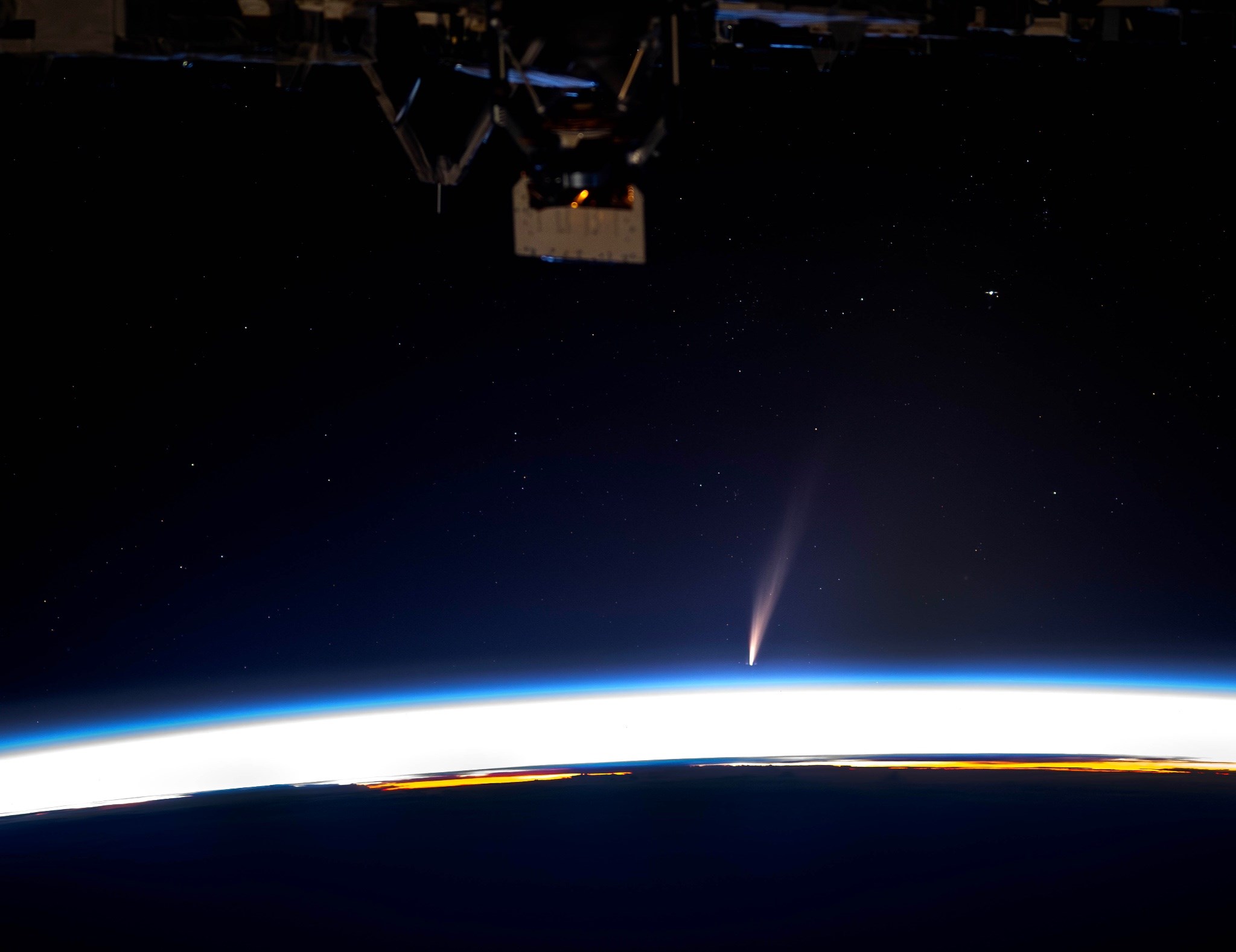NASA astronauts Don PettitWhile serving on the International Space Station (ISS), he witnessed a rare cosmic event. Pettit, the flight engineer of the Expedition 72 crew, was about 400 kilometers above Earth. ATLAS He took a unique photo of comet (C/2024 G3).
160,000 years of waiting
Human life is too short to wait for things. An example of this is Comet ATLAS. Because according to the authorities, this comet is a next visit 160 thousand years later will be.
See Full Size
ATLAS, currently seen in the constellation Sagittarius, appears close in Pettit’s photograph, but is approximately 100 meters from Earth. 140 million kilometers away. According to NASA, the comet’s brightness is comparable to Venus and can be viewed during sunrise or sunset.
Time capsules of the Solar System
Comets are celestial bodies composed of ice, dust, and rocks, generally left over from the early formation stages of the Solar System, approximately 4.6 billion years ago. As they approach the Sun, the ice on their surface quickly evaporates, forming characteristic tails surrounding them. These tracks can be millions of kilometers long.
Once seen as bad omens, comets are now considered time capsules that shed light on the history of the Solar System. Scientists think that comets may have brought the building blocks of life to Earth by carrying water and organic compounds.
By the end of 2024, the number of known comets reached approximately 4,000. However, Kuiper BeltIt is estimated that this number is much higher in the Oort Cloud, which is at the outermost part of the Solar System. Oort BulutuIt is known as a sphere of ancient, icy objects surrounding the Solar System. Scientists think that ATLAS broke away from this distant region last year and headed towards the Sun. If ATLAS survives its flyby of the Sun, it will return in about 160,000 years.
Although difficult to observe from the northern hemisphere, ATLAS can be seen on the western horizon just after sunset in the southern hemisphere. This unique view can continue to be observed throughout January. NASA states that there is a high probability that the comet will remain bright enough to be seen with the naked eye over the next few days, when the bright lights of the Sun fade.
This news our mobile application Download using
You can read it whenever you want (even offline):




